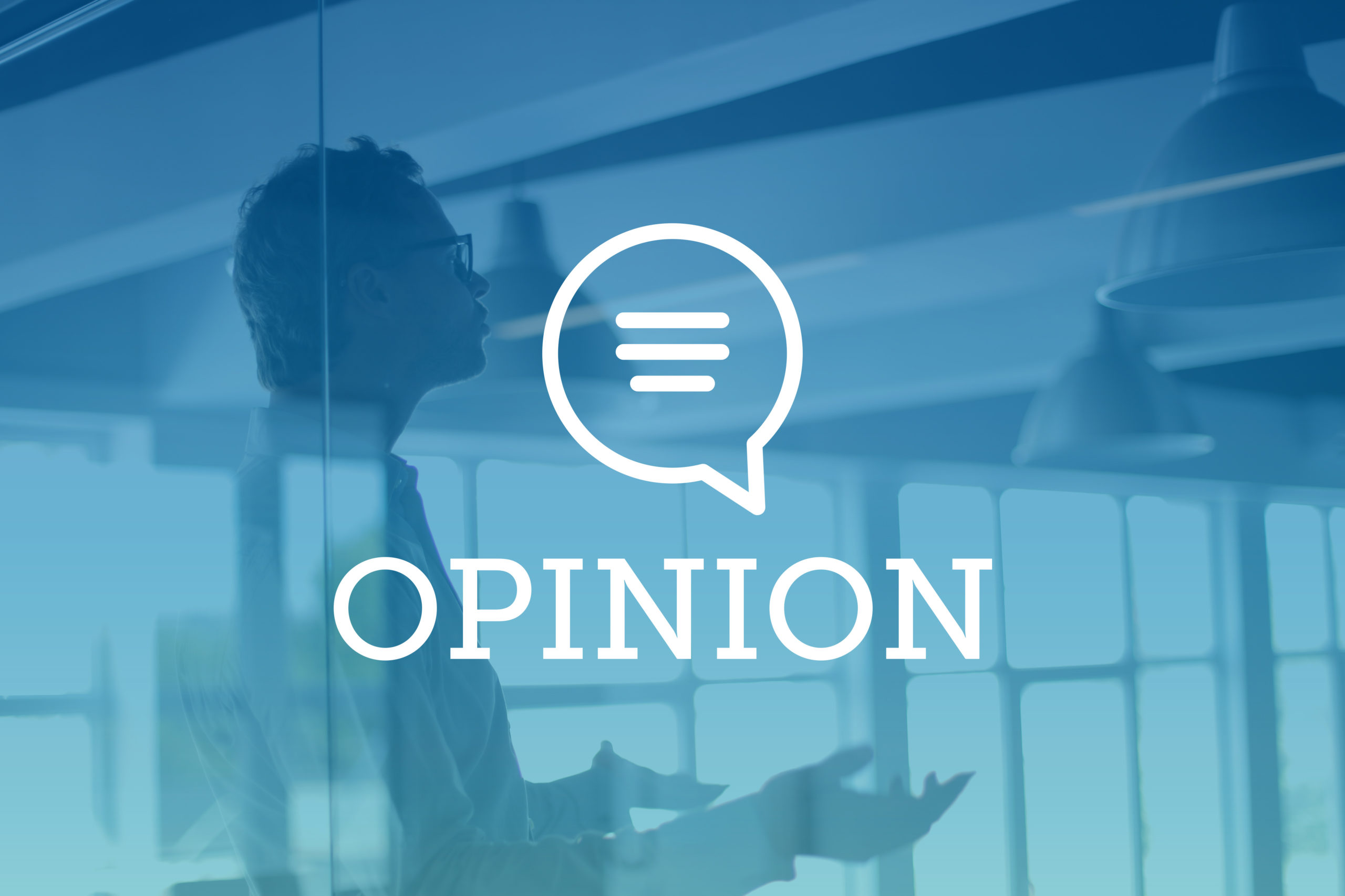

By Jane Waterman-Joyce
SHERMAN & HOWARD
The National Labor Relations Board dealt employers a stinging blow recently when it created, out of whole cloth, potentially expensive new remedies in unfair labor practice proceedings in Thryv, Inc.
The bulk of this decision focuses on the remedies available to individuals who are allegedly harmed by an unfair labor practice. In a sweeping departure from precedent, the NLRB ruled that “make-whole relief” now explicitly includes compensation for all direct or foreseeable pecuniary damages that result from the respondent’s unfair labor practice. Although these are known as “consequential damages” in tort cases, the NLRB stated it considers the pursuit of consequential damages part of its statutory mandate (although it appears nowhere in National Labor Relations Act) to restore an individual to the economic position occupied before the unfair labor practice.
During the compliance phase of a board proceeding, the NLRB’s general counsel must establish the amount of the pecuniary harm and the pecuniary harm was either the direct result of the unfair labor practice, or it was both foreseeable at the time of the unfair labor practice and it was incurred as a result of the unfair labor practice. A respondent may then present facts that would either negate liability for damages or mitigate the amount of damages. This evidence may demonstrate that the harm would have occurred even without an unfair labor practice and/or establish that the harm was not foreseeable at the time of the unfair labor practice.
This expanded remedy is available in all cases, not just egregious ones. The NLRB also held that this expanded make-whole remedy will be applied retroactively to cases currently before the NLRB — in any stage. The NLRB may also institute this remedy without it being requested by the parties.
It remains to be seen how the NLRB handles the additional burden of establishing direct or foreseeable harm in compliance proceedings. Despite a shrinking workforce and a stalled budget, the agency has now given itself a task that it concedes may increase the complexity of compliance proceedings. It also remains to be seen whether discovery on consequential damages will be permitted in these proceedings or if employers will have to fly blind when defending this aspect of the board’s case. It’s clear, however, that the NLRB just significantly increased the potential exposure for employers in many unfair labor practices cases.
– Jane Waterman-Joyce is a labor and employment lawyer and associate attorney at Sherman & Howard. She uses her practice to bridge the gap between labor and employment law and immigration law, assisting on a wide range of matters.

